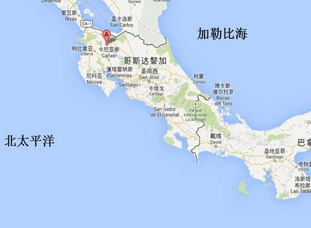tel:027-87580888
phone:18971233215
fax:027-87580883
email:didareneng@163.com
address: Inside the China University of Geosciences, 388 Lumo Road, Hongshan District, Wuhan (Wuhan)
 industry news
industry news Interdependencies between physical, design and operational p
Autors:Alexandros Daniilidisa. et al.
Abstract: Interest in direct use geothermal systems is increasing due to their ability to supply renewable, environmentally friendly heat. Such systems are mostly developed in conduction dominated geological settings where faults are often encountered. Interdependencies between physical, design and operational parameters make it difficult to assess the performance of such systems. Interaction with faults could potentially have adverse effects on system lifetime, generated Net Present Value (NPV) and produced energy. In this work a single doublet system in the enthalpy range of 140 kJ/kg to 350 kJ/kg is analysed using COMSOL Multiphysics. A choice of design (well spacing and placement), physical (layered reservoir, fault flow properties, fault throw) and operational (injection and production flow rates) parameters are considered in a full factorial design that includes 2430 3D reservoir simulations. Results show that fault flow properties characterization is more significant than fault throw structural characterization. For the considered reservoir properties, increasing the flow rate four times results in an NPV increase of a factor seven, despite the shorter system lifetime. A sealing fault renders the system lifetime less sensitive to the doublet positioning. Synthetic model results shown can serve as guidelines to reducing full scale field models. Importance and relevance of these results remains very high for horizontally homogeneous, layered reservoirs. The analysis expands the understanding of interdependencies for direct use geothermal systems and informs on their further development.
来源:Elsevier Ltd,2020,86.SCI
Subdomain around the doublet (a), shown here for a well spacing of 800 m. The subdomain area has a size of two times the well spacing on the long side and one time the well spacing on the short side. It is considered representative of the expected influence area as considered in the current Dutch licensing scheme for geothermal developments (see also Willems and Nick, 2019). In the event that the subdomain area extends beyond the faults, the corresponding part of the reservoir at that depth is included in the calculation. Example of meshed domain for a horst type of faults in (b) top and (c) angled view. The number of elements ranges between 145k–195k depending on the geometry configuration.










